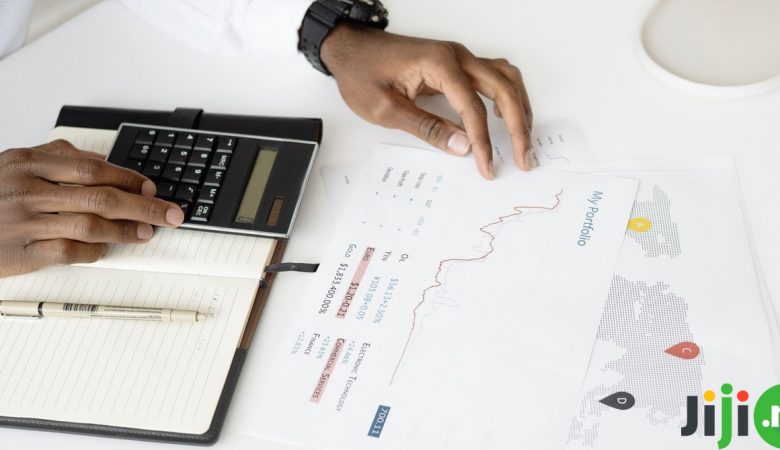The audit is the analysis of the data of financial (accounting) statements with a view to the degree of their reliability and compliance of the order of accounting with legislation.
To achieve the main objective of the audit (the validation of the formation of financial (accounting) statements), it is necessary to competently create an audit plan.
In the course of the audit, the auditors determine the forms and methods of the audit in accordance with federal and in-house audit standards.
Let’s check out what would be the phases required in preparing an audit in your business!
Choose the premium audit services on Jiji!

1. Advantages of audit planning
- the professional audit helps to identify the problem and find an effective solution;
- the professional audit helps to devote appropriate attention to the most important areas of the company’s life.
- the professional audit helps to fix the most important issues on a timely basis.
- the professional audit helps to arrange and manage the engagement so that it is performed effectively.
- the professional audit helps in choosing team members with suitable competency and ability to react to probable risks.
- the professional audit makes it much easier to engage the team members in reviewing their work and making it better.
- the professional audit helps to coordinate the work performed by specialists.

2. 5 stages of external audit process
2.1. Phases required in preparing an audit, #1: accepting an order and drawing up an agreement
At this stage, the business owner applies to the audit company with a request for an audit. Both parties make an agreement to conduct an audit of the company.

2.2. Phases required in preparing an audit, #2: preparation
First of all, the auditor meets with the client and gets the most complete and trustworthy information about all the activities of the audited company.
The auditor had to collect the following information:
- features and specifics of the organization;
- the financial situation in the company forecasts for the company due to the economic crisis;
- information on the qualification level of all employees who are responsible for creating and generating financial reports;
- degree of automation of accounting processes;
- organization’s activities in the securities market;
- structure of internal control;
- information on legal proceedings in which the company is involved.
The data obtained allow the auditor to predict the scope of work, identify existing risks and calculate the cost of the audit.

2.3. What is the audit process step by step, #3: planning
The auditor draws up an action plan that takes up a significant part of the total time allotted for review. Taking into account all the peculiarities of the organization’s activities, the auditor draws a schedule and a certain list of experts who will take part in the audit.
The company’s owner assigns specific tasks to the auditor and gives a certain amount of time to solve them. In the course of work, the general audit plan may be slightly adjusted, and sometimes completely revised.

2.4. What are the stages of an audit, # 4: conducting an audit
On the basis of established audit standards, the evidence, related to the organization’s activities is evaluated and analyzed.
The main goal of this stage is to detect the presence or absence of incorrect information. This requires a great concentration and attention of the expert.

2.5. Stages of audit cycle, # 5: the final stage
The auditor creates a report and provides all the information to the customer. Based on the data received, the organization is taking steps to improve its own internal control system and develop the company as a whole.

Install free updated Jiji app now – be the first to get the best deals on Jiji right on your smartphone!










